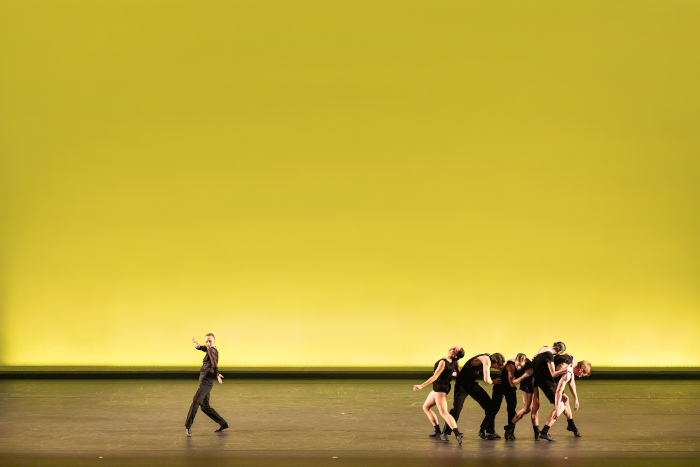Raymonda
San Francisco Ballet
Saturday, March 1, 2025, 8 PM
So Much…Raymonda!
San Francisco Ballet, under the leadership of director Tamara Rojo, has brought a revised production of Raymonda to an appreciative audience. Rojo is also credited with direction and choreography. She apparently had produced this work in UK in previous years (she cites 2021). In the program she notes, “This adaptation relocates Petipa’s story from the Crusades to the 19th century Crimean War, and challenges traditional expectations around women’s roles during wartime”.
We travel with Raymonda from her “grand family home” in Britain to Crimea, to “a camp outside Sevastopol”. There, her ‘childhood’ friend, John de Bryan and his fellow soldiers prepare to leave for war. He asks Raymonda to marry him on his return. To complete the promise, John gives Ramonda the scarf his mother gave him. He also introduces her to Abdur, a prince from the Ottoman army.
It is important to follow this narrative since each scene is enacted with mime, expressive gesture and several dance events, (group dances, pas de deux, solos for several women and many lively “native” dances. The costuming helps define, in somewhat exaggerated manners, the country differences between the participants). Act 1 concludes with a “dream” ballet: John and Abdur both appear in her dream. Raymonda dances with both, caught between the two men.
This section, the “dream sequence” was, for this reviewer, the most dramatic and balletic of the work. As series of “pas de deux” complete with extraordinary lifts, turns and displays of technical brilliance, it was the dance achievement for dancers Sasha De Sola, Joseph Caley (John) and Fernando Carralå Colomar (Abdur). It was also delightful to recognize Joanna Berman, a former ‘star’ of SFB, in the role of Raymonda’s mother.
Act III is the “wedding day” for Raymonda and John. Again, there are many dance numbers, for bridesmaids dancing with soldiers (from John’s regiment). It is a joyful continuum of group works beautifully executed. Not surprisingly, Raymonda, torn between John and Abdur, leaves the wedding (“and faces a decision that will determine her future”). She receives the ‘scarf’ as a present from John and wears it as she leaves.
A touching note from music director Martin West. He tells us that Ramonda’s composer, Aledander Glazunov was the director of the St. Petersburg Conservatory of Music, when West’s teacher, Ilya Musin, was a student. West notes, “It is a special moment for me, indeed, to be bringing my own tiny part of the legacy of Glazunove to the ravishing ballet score.” West’s conducting of the SF Ballet Orchestra is among the major delights of the SF Ballet’s performances.
There is a complex narrative for the audience to follow, as there are many amazing solos and group dancing.
The evening lasted from 8 PM to 10:45 PM. It is wonderful to see such skill and endurance in the dancers abilities.
For an audience, rushing to make trains and family events, wonderful as it is,, it is ‘much’ Raymonda.

